Supply Chain Management Strategies and Principles at Coca-Cola
VerifiedAdded on 2023/06/03
|14
|711
|363
Report
AI Summary
This report focuses on the effectiveness of supply chain management at Coca-Cola, a leading soft drink manufacturer established in 1886, emphasizing customer satisfaction and a strong market presence in New Zealand. It examines integrated supply chains, effective resource management across over 200 countries, and the harmonious integration of human factors engineering to reduce errors and increase productivity. The report also discusses Industry 4.0 principles, particularly automation and technical assistance, alongside systems safety measures to ensure product consistency and environmental responsibility. Benefits such as enhanced communication and coordination are weighed against risks like system failures and cybersecurity threats. The analysis covers key perspectives and phases of supply chain management, including planning, sourcing, making, and delivering, concluding with the importance of resource maintenance and supply chain integration for business expansion. The report references various sources on supply chain management, human resource management, and system safety.
1 out of 14
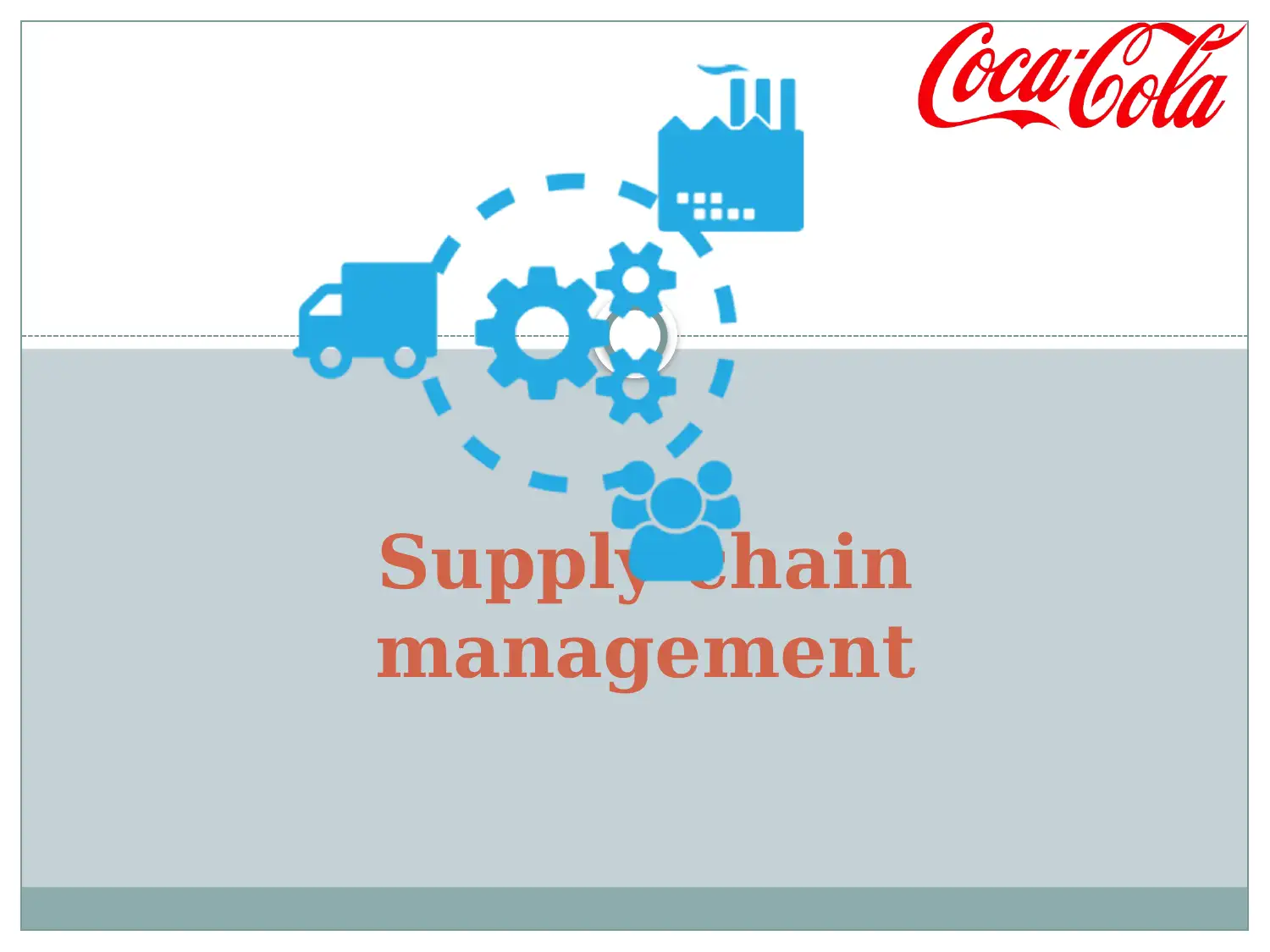
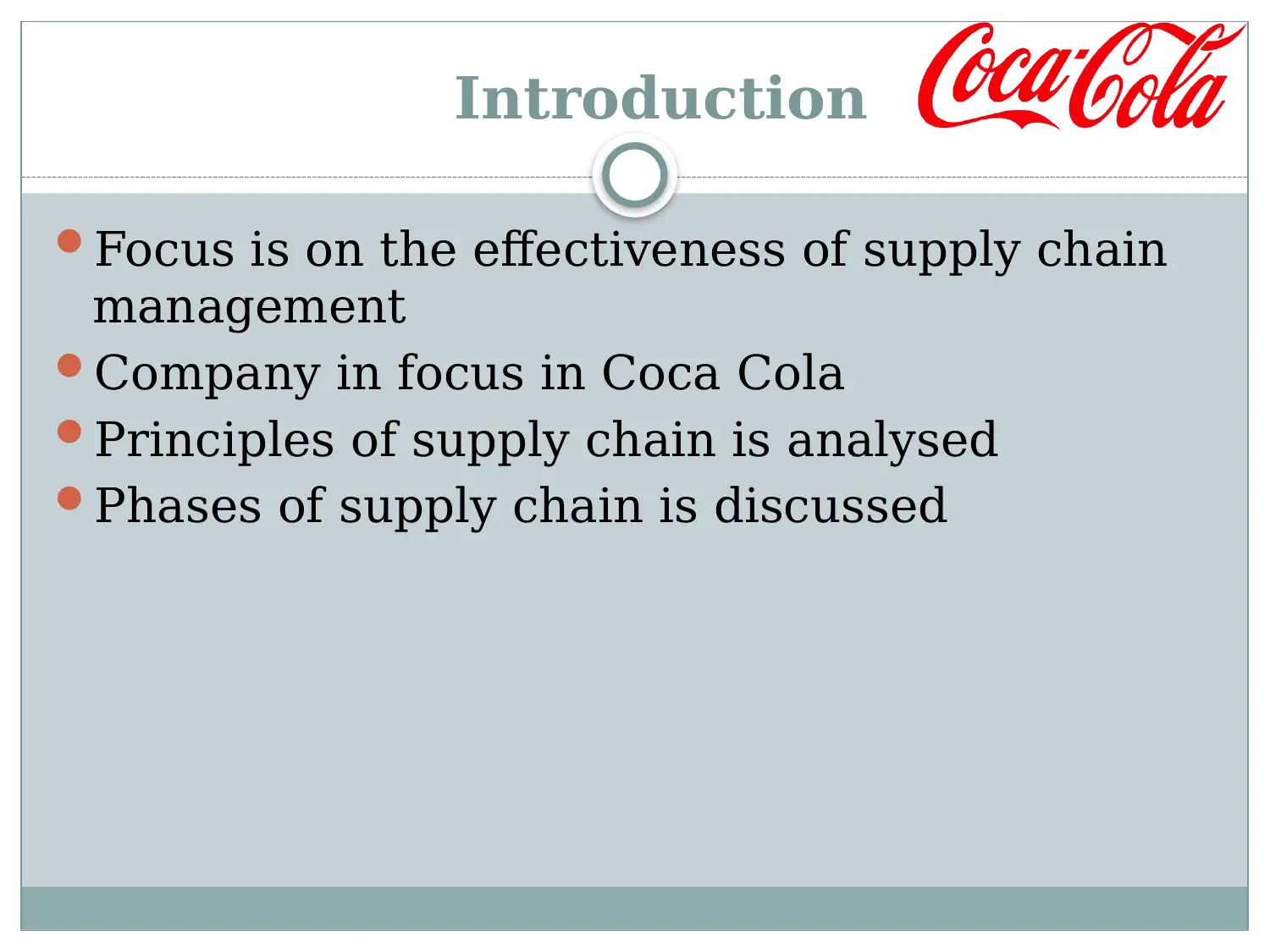
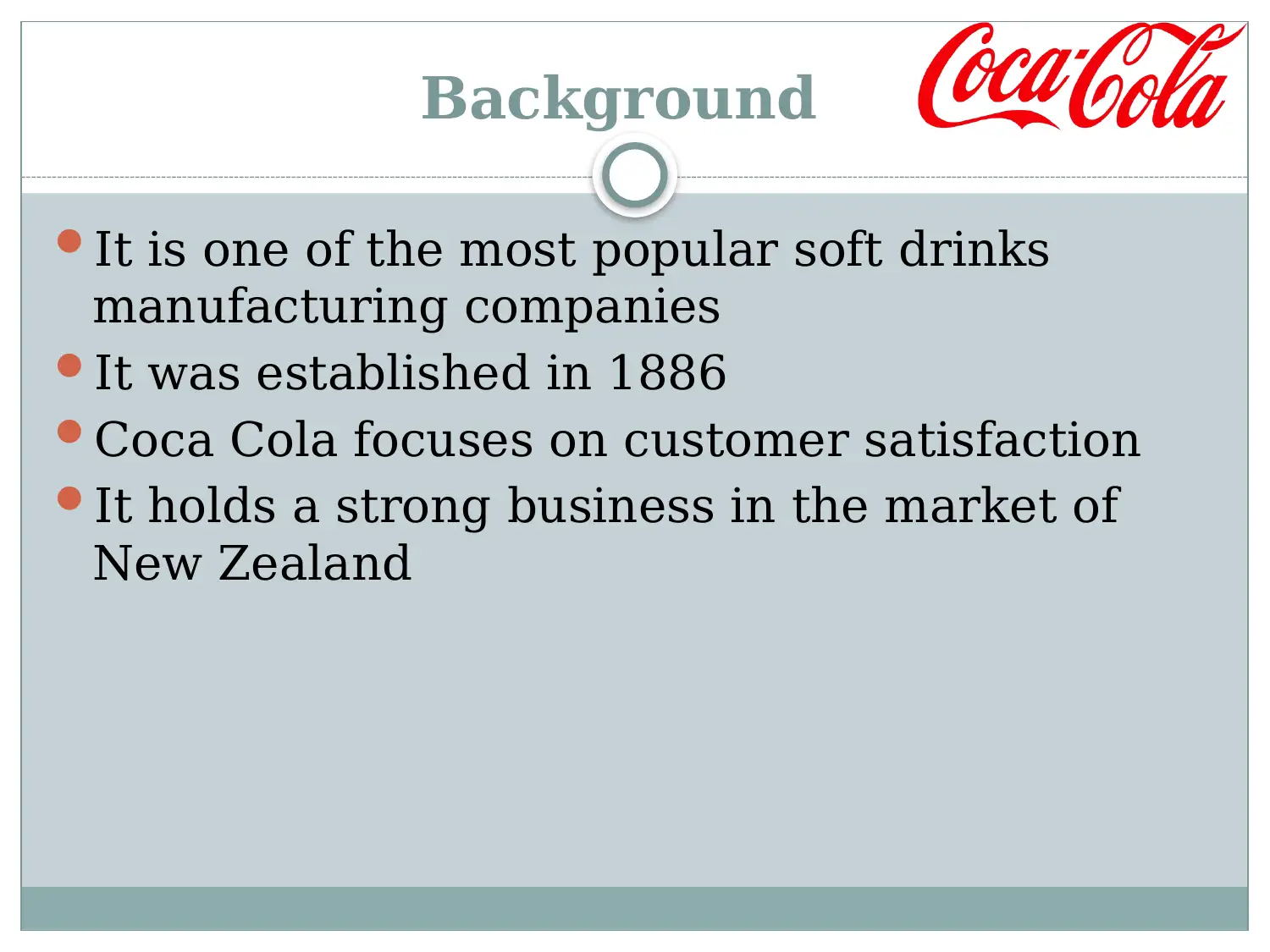

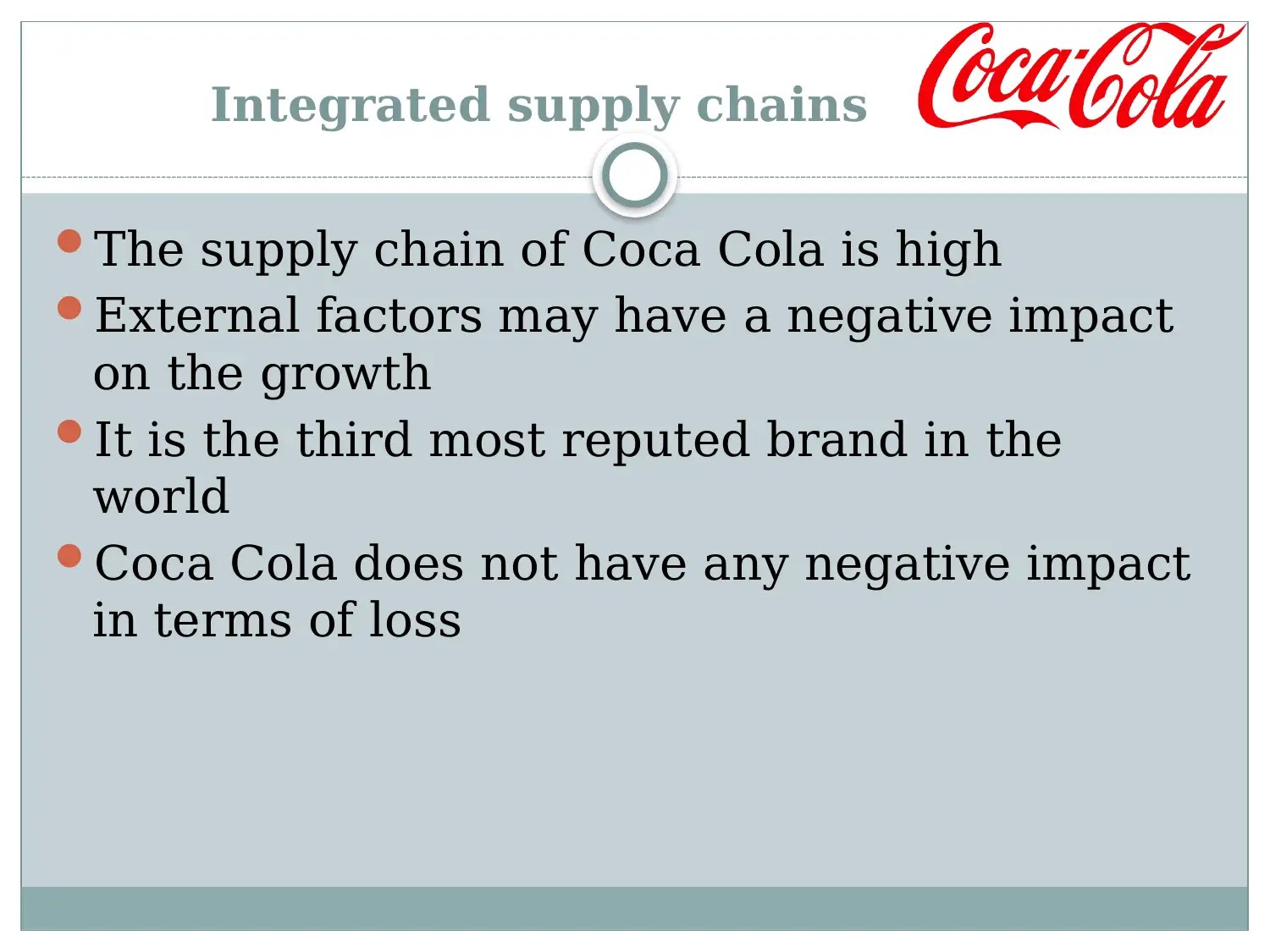
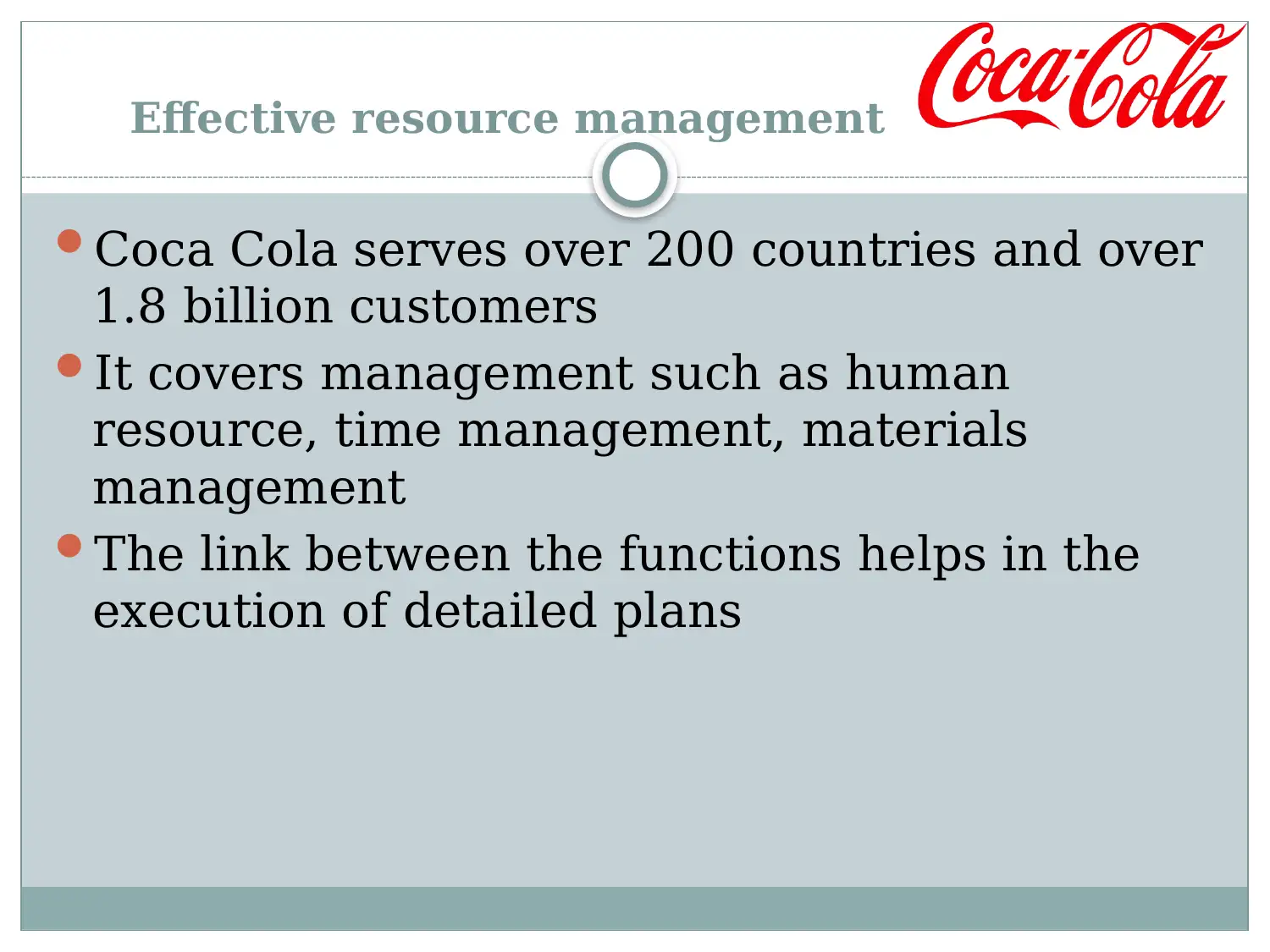
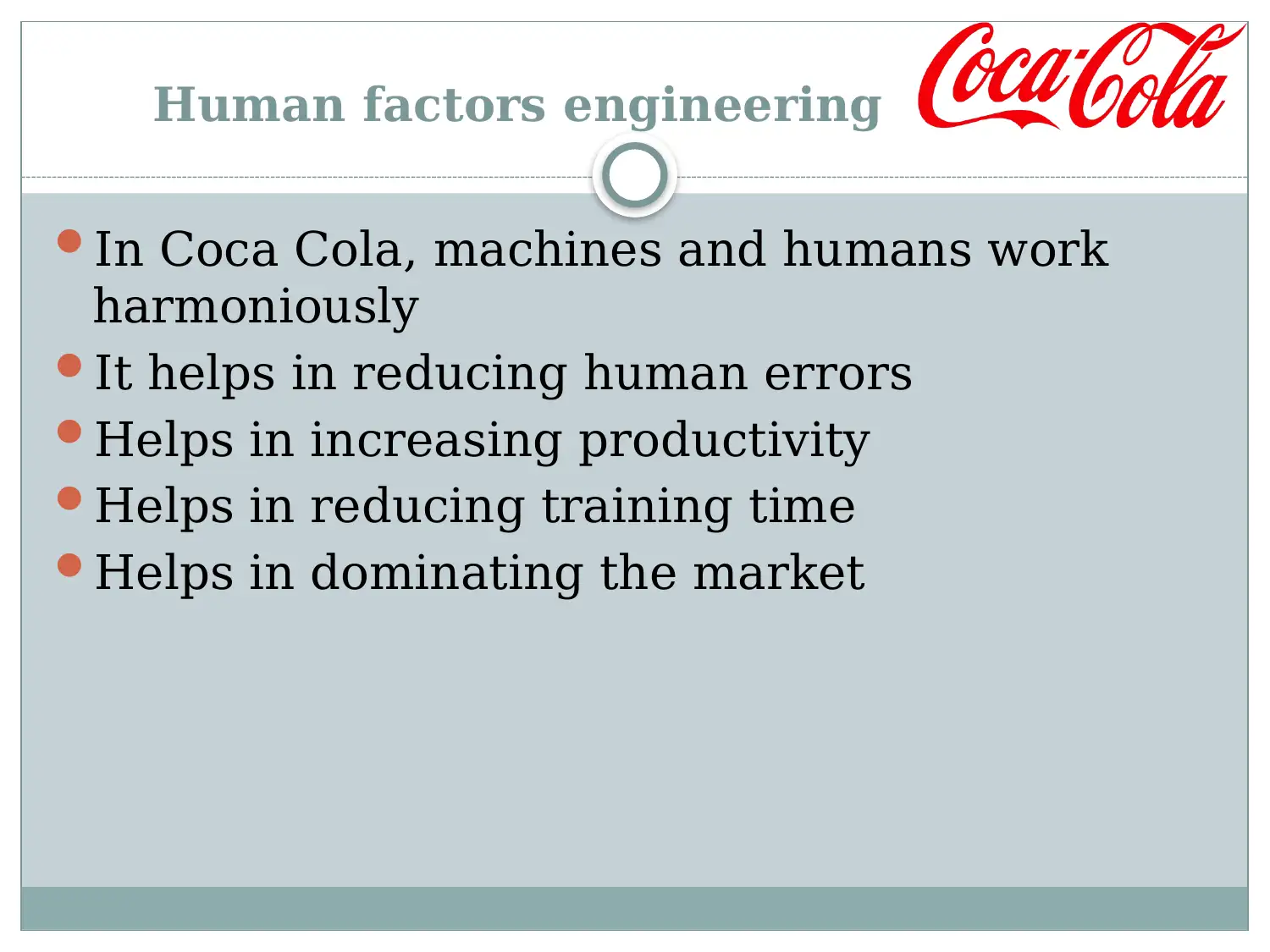
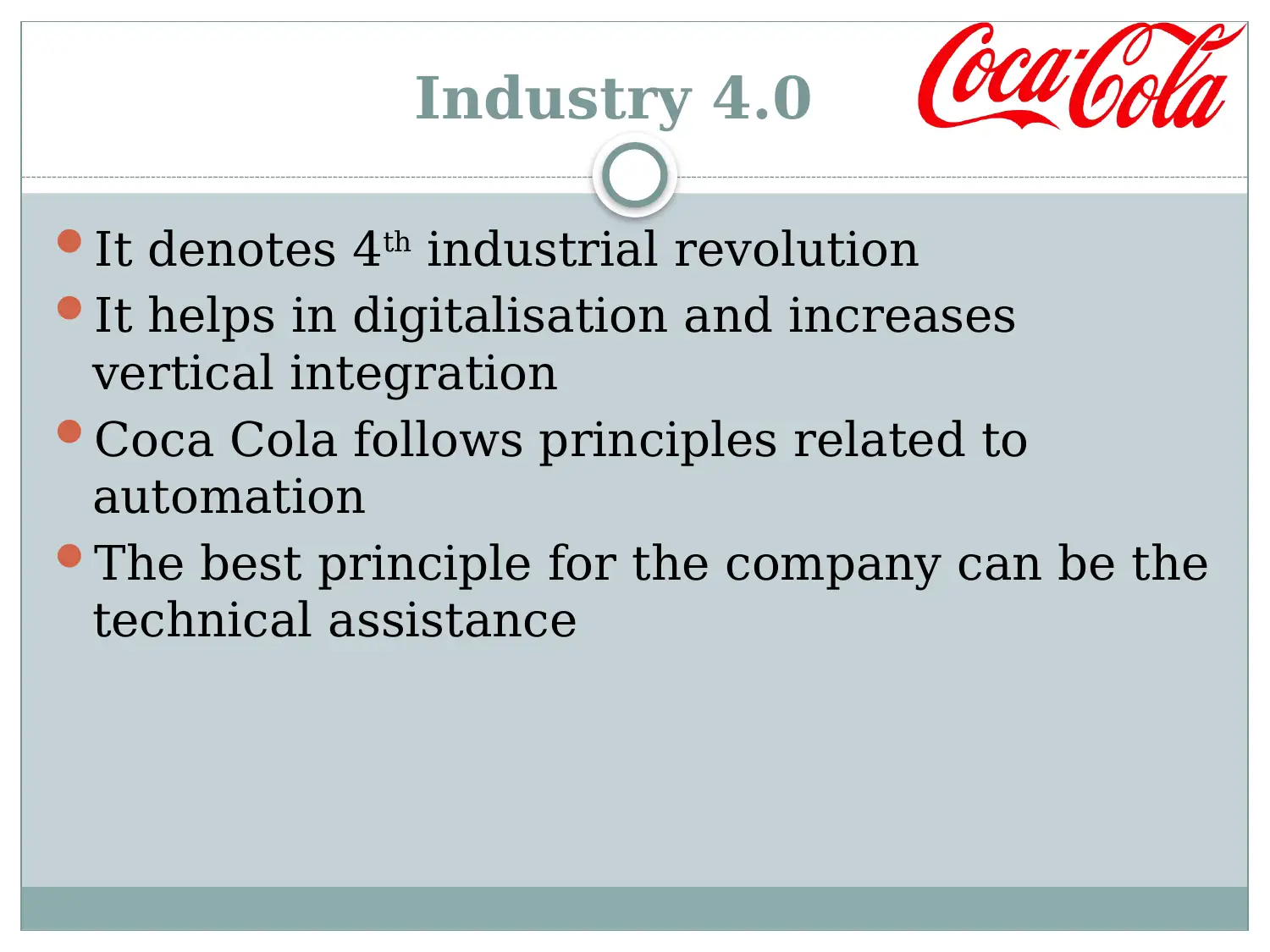
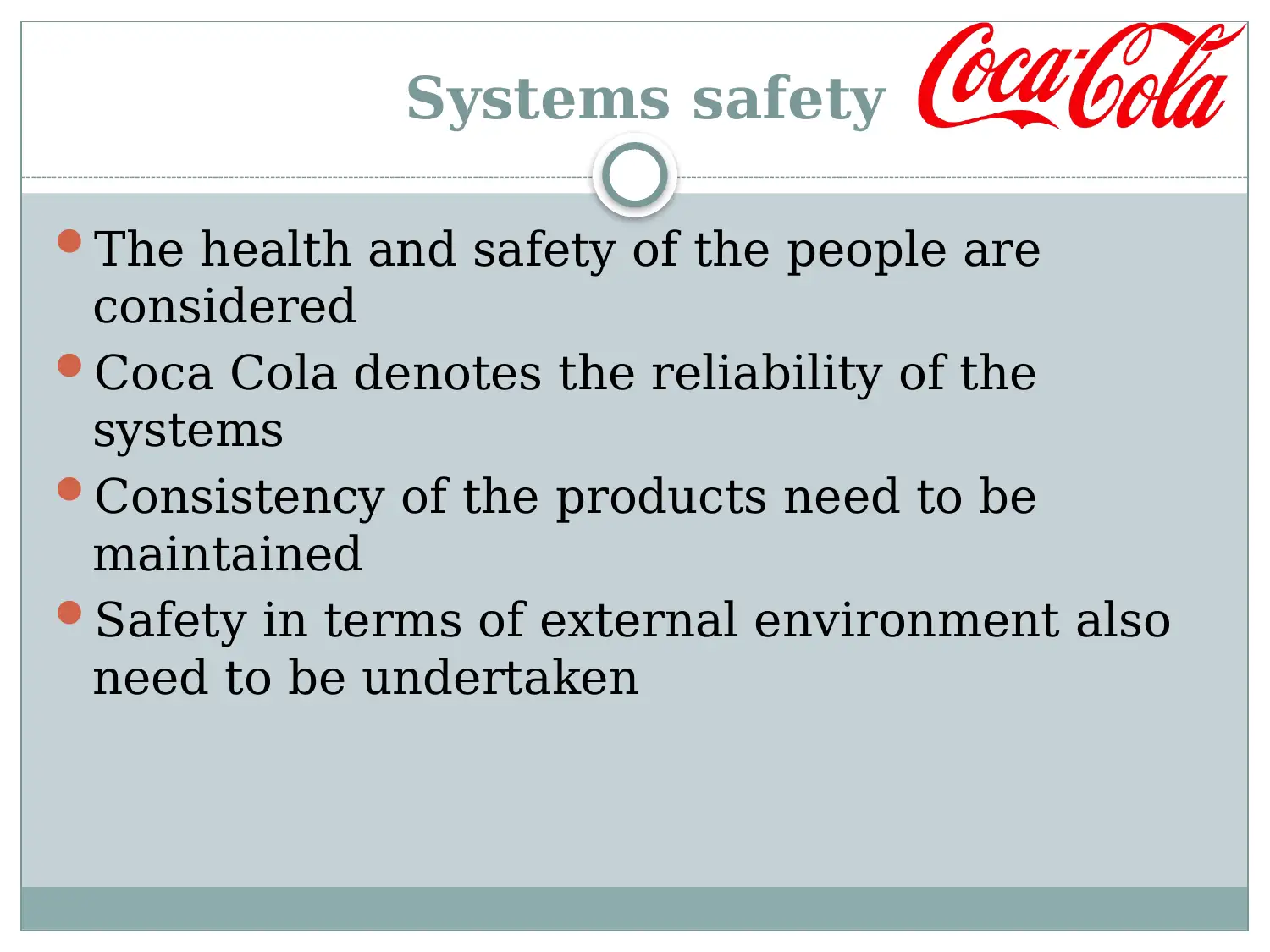
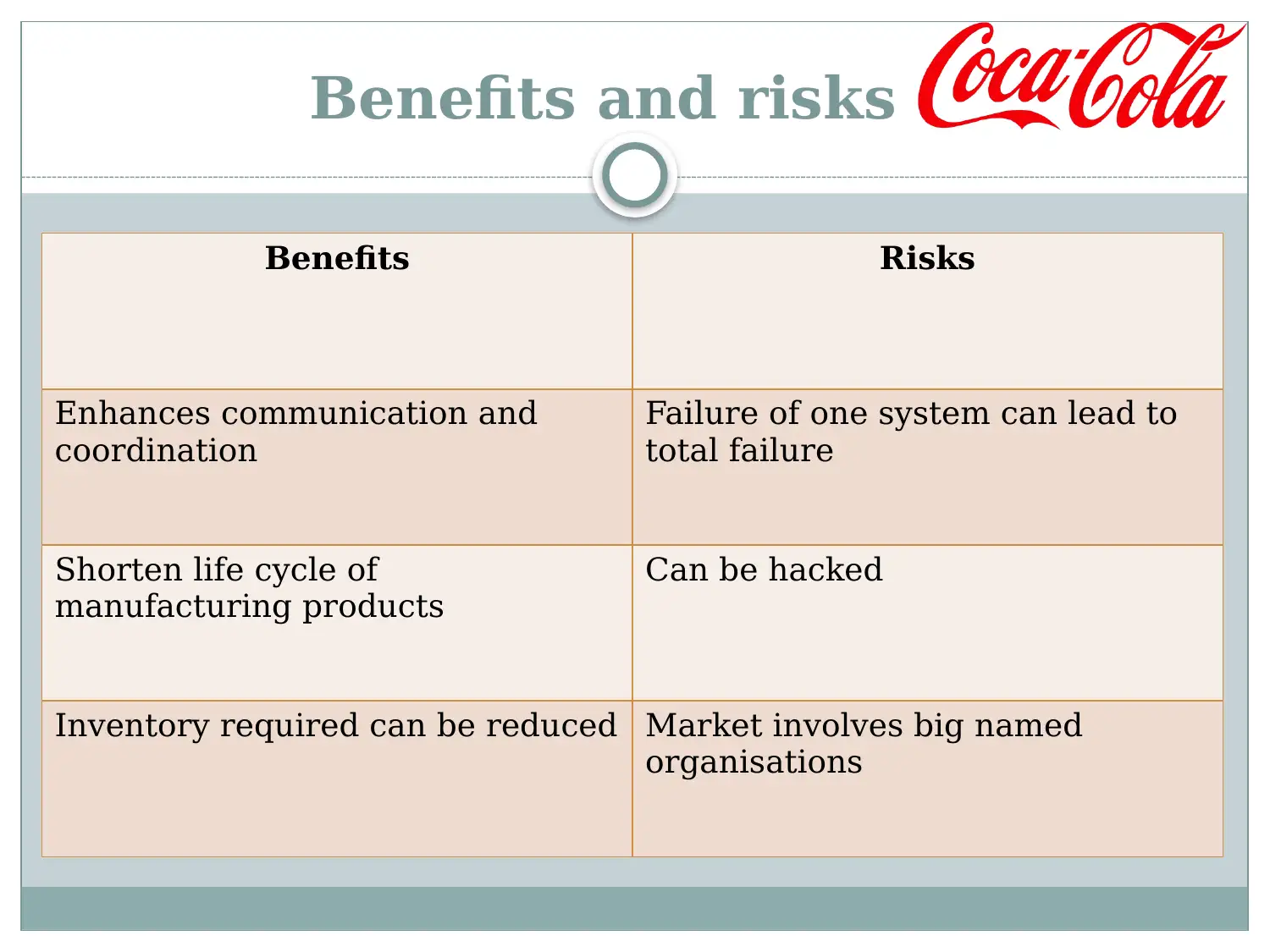
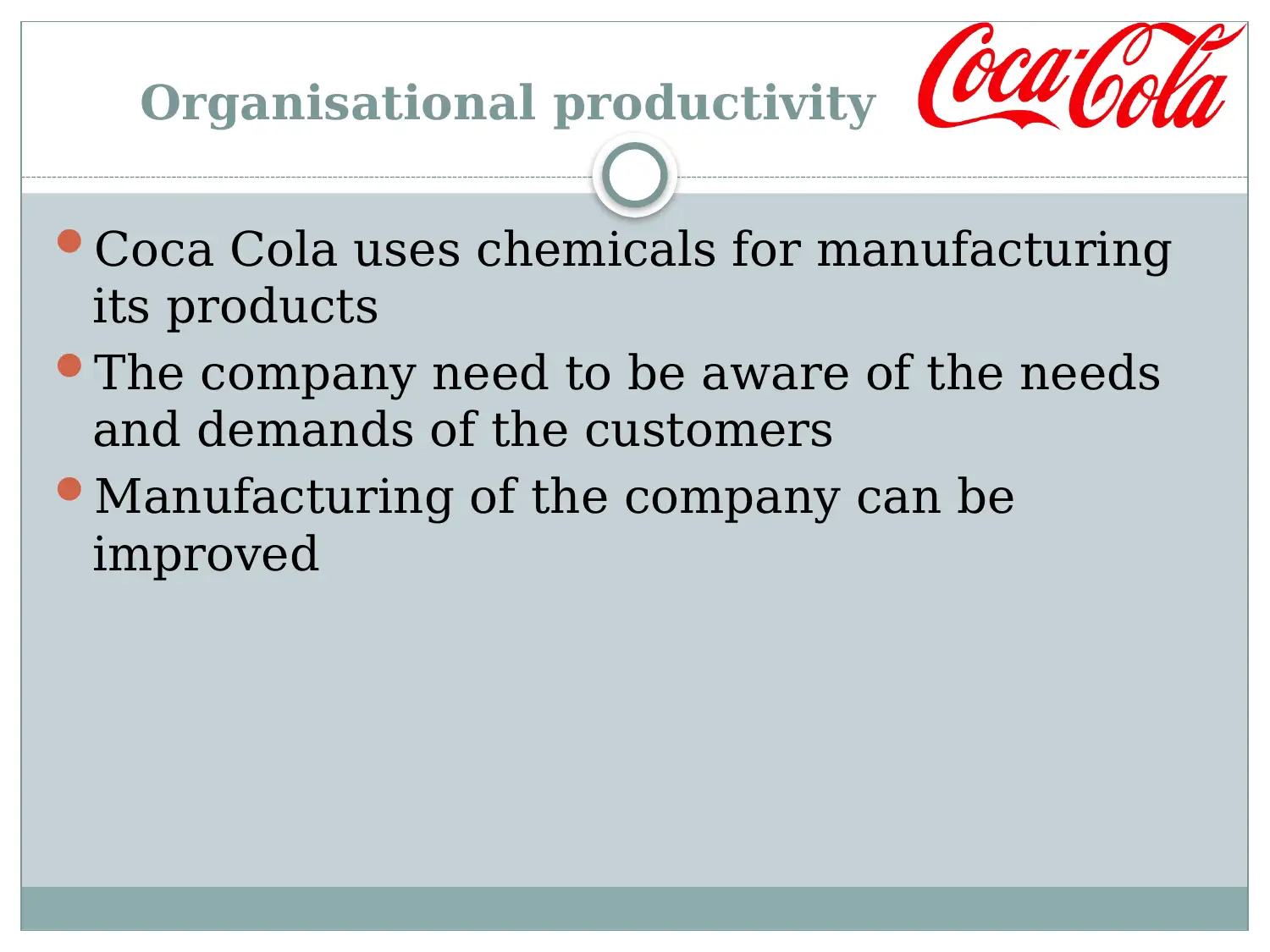
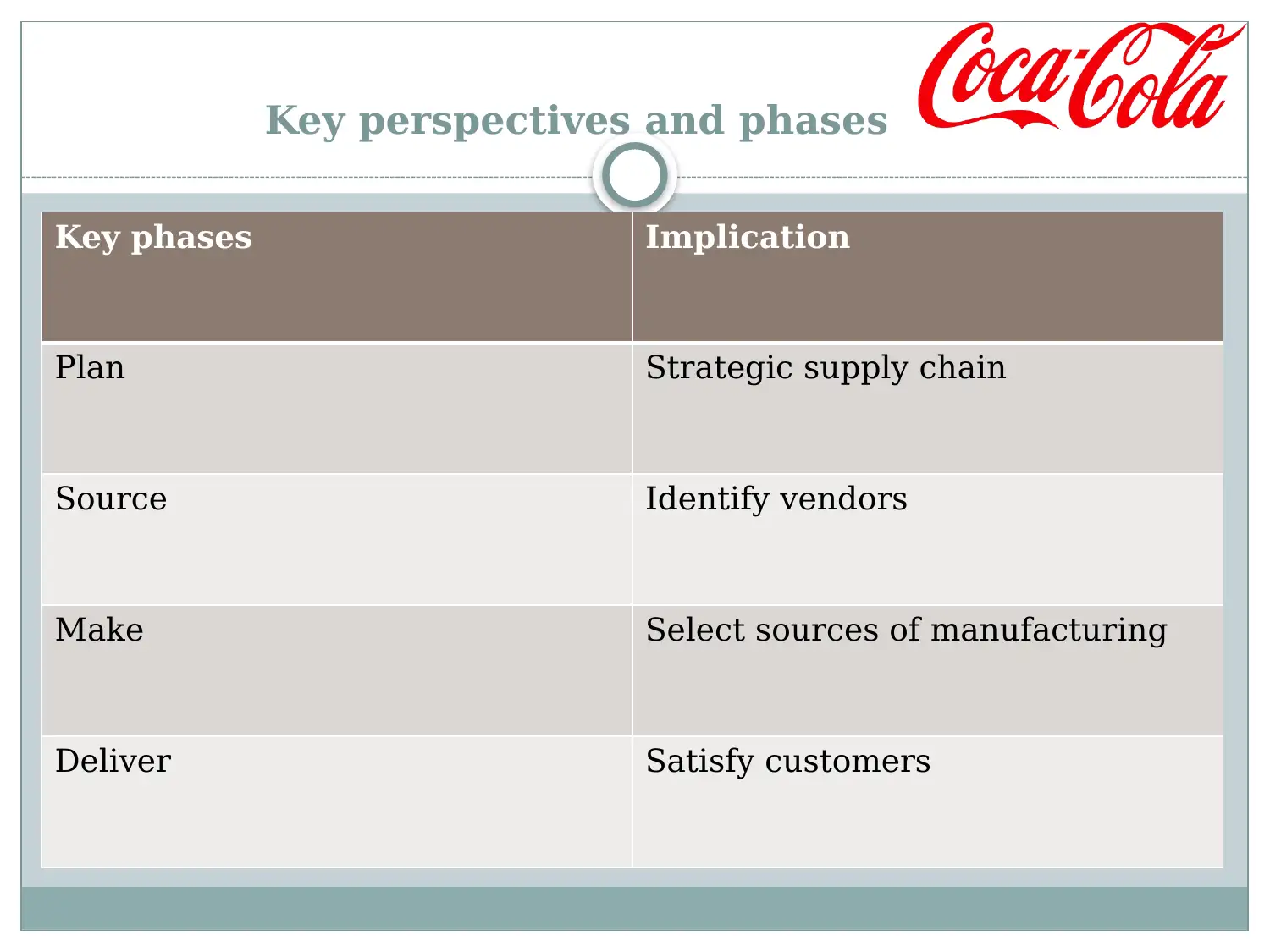
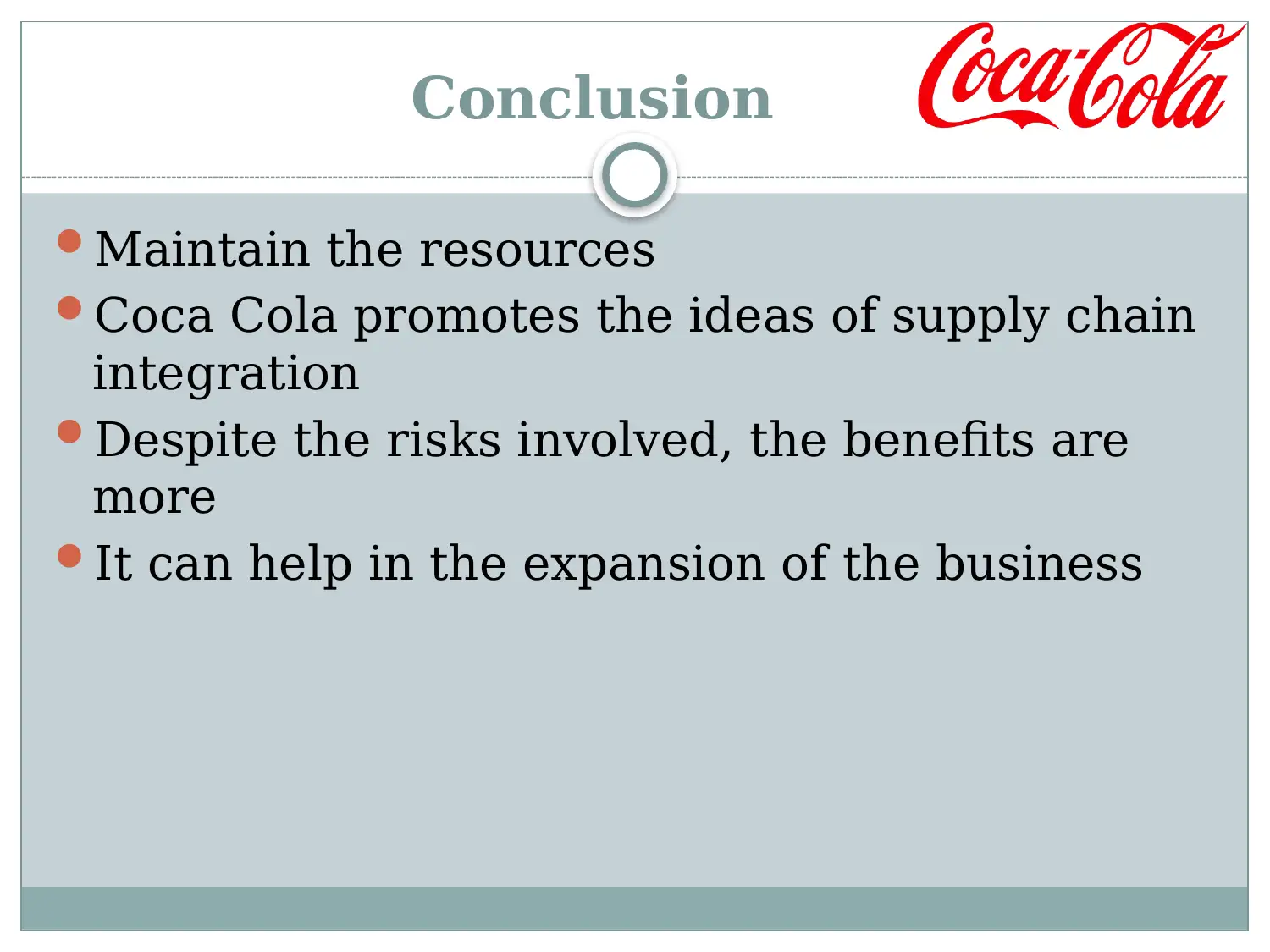






![[object Object]](/_next/static/media/star-bottom.7253800d.svg)